Have you ever heard of a muskrat island? On the rocky Isles of Shoals in Maine and New Hampshire, in an environment that should, in theory, be poorly matched to muskrats, these rodents are thriving.
Undergraduate researcher Max Zeltsar, supervised by our Deputy Chair for Eulipotyphla, Dr Alexis Mychajliw, has been studying these island populations to help us understand how they are surviving. Hear more from Max about his project, below:
Hello, my name is Max Zeltsar and I am a student and undergraduate researcher at Middlebury College in Vermont. Over this past summer, I have been working in collaboration with the Shoals Marine Laboratory and my advisor, Dr. Alexis Mychajliw (Middlebury College), to study an incredibly unique population of muskrats (Ondatra zibethicus) that live on the Isles of Shoals in Maine and New Hampshire. While most people remember these islands for the many gulls and seals that call them home, us mammalogists affectionately call them the “muskrat islands” on account of the successful muskrat population.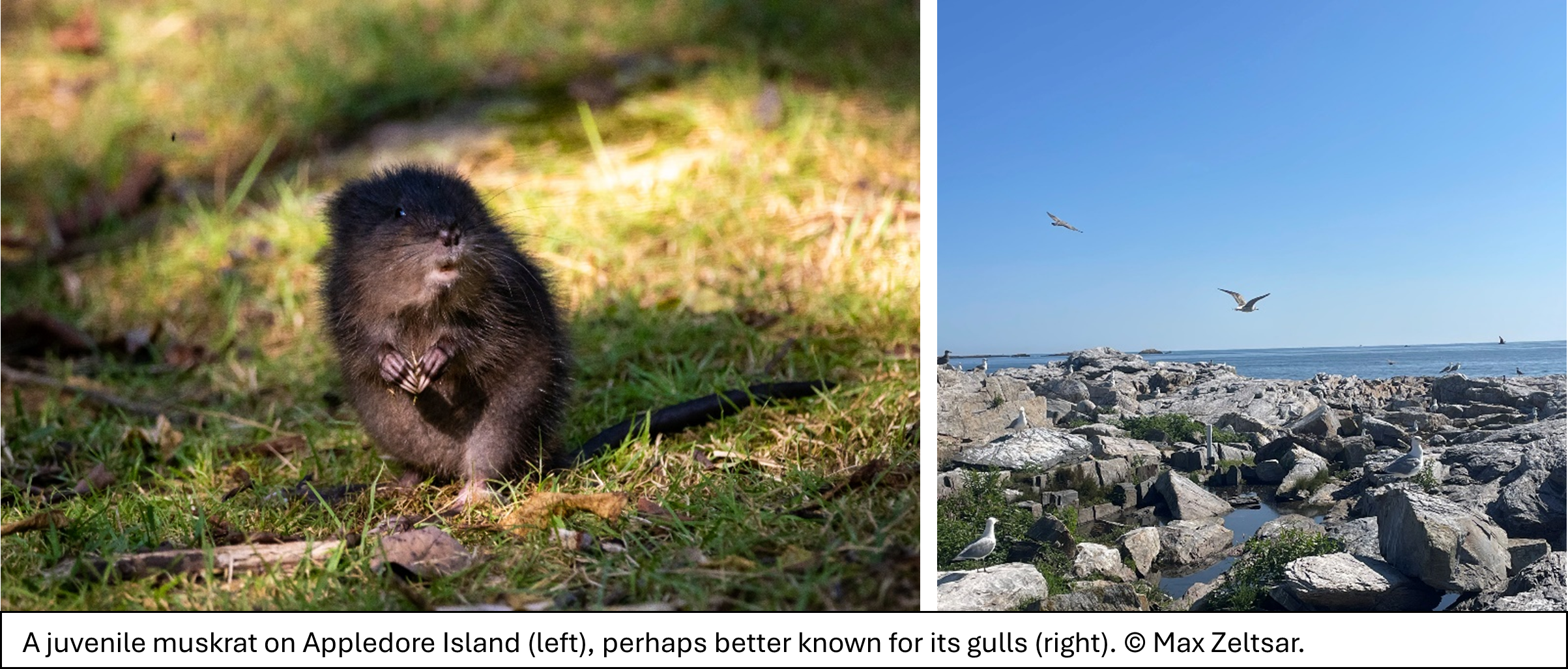
Muskrats were introduced to the islands sometime between the late 1800s and early 1900s. Currently, there is no documentation explaining why they were introduced, but given the timing, it is possible that humans brought them to the islands to supplement the fur trade. Regardless of the reason for the introduction, muskrats have thrived on the Isles of Shoals since their arrival to the archipelago.
The ongoing survival of these muskrats raises many interesting questions about our understanding of the species. Muskrats are semi-aquatic mammals and inhabit wetland and stream ecosystems. While they can live in saline and freshwater environments, they are reliant on aquatic plants, a network of permanent or longstanding waterways, and soft workable mud for shelter, food, and safety. The Isles of Shoals are primarily composed of rocky coastal zones and patches of scrub brush and exposed grass. Freshwater sources are largely driven by the presence of rain and most large bodies of water can dry up within a couple of days. Although most of their traditional predators don’t live on the islands, gulls that inhabit the islands during their breeding season will predate muskrats as well as chase them away from their nesting sites. In other words, the Isles of Shoals should be virtually uninhabitable for muskrats and yet they continue to survive in remarkably high densities.
Despite how incredible and bizarre the ongoing presence of muskrats on Shoals is, there has been very little research to understand their ecology. The goal of my research is to understand how muskrats are surviving on the Isles of Shoals. By answering questions about their habitat selection, behaviour, and diet we can understand what may or may not be limiting their populations. Investigating these topics required a range of approaches. From June to August, an 8-week-long camera trap survey was implemented to observe their distribution and study their activity patterns. Scat transects were also used to monitor changes in activity and to understand what environmental factors (e.g. ground cover, exposure, presence of territorial gulls) influenced the density of that activity. Lastly, stable isotope analysis is being conducted to understand what the muskrats are consuming and how flexible their diets may be.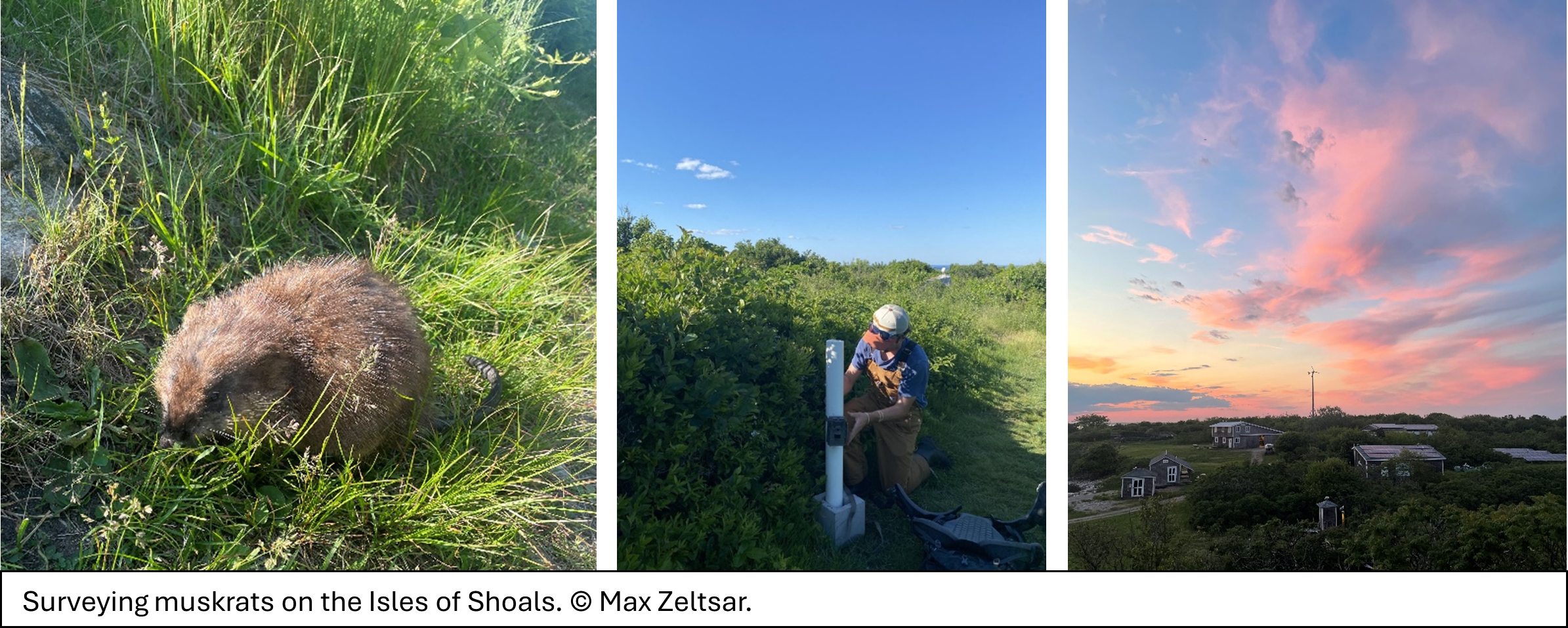 Through a combination of these various techniques, we can gain a deeper understanding of the ecology of Shoals muskrats. Given their status as an introduced species, it is particularly important to understand how these muskrats are interacting with the Shoals ecosystem. The Isles of Shoals provide important nesting habitat for many globally important species of seabirds and learning how muskrats may or may not be impacting that habitat is essential for proper management and conservation. Furthermore, learning how muskrats are living on the Isles of Shoals can contribute to our broader understanding of the species. Muskrats are declining across their endemic range and their traditional wetland habitat is becoming increasingly threatened by anthropogenic development. Studying how muskrats are surviving on the Shoals archipelago could contribute to broader conservation efforts and help us understand how adaptable or resilient the species may be. Lastly, this research contributes to the theory of island biogeography and our concept of what happens genetically, morphologically, and behaviourally to various species and taxa when they become isolated. Whilst this population of muskrats may seem like a very specific research topic, the knowledge that can be gained from them has the potential to be incredibly far-reaching. In other words, the Shoals muskrats are small mammals with big impacts!
Through a combination of these various techniques, we can gain a deeper understanding of the ecology of Shoals muskrats. Given their status as an introduced species, it is particularly important to understand how these muskrats are interacting with the Shoals ecosystem. The Isles of Shoals provide important nesting habitat for many globally important species of seabirds and learning how muskrats may or may not be impacting that habitat is essential for proper management and conservation. Furthermore, learning how muskrats are living on the Isles of Shoals can contribute to our broader understanding of the species. Muskrats are declining across their endemic range and their traditional wetland habitat is becoming increasingly threatened by anthropogenic development. Studying how muskrats are surviving on the Shoals archipelago could contribute to broader conservation efforts and help us understand how adaptable or resilient the species may be. Lastly, this research contributes to the theory of island biogeography and our concept of what happens genetically, morphologically, and behaviourally to various species and taxa when they become isolated. Whilst this population of muskrats may seem like a very specific research topic, the knowledge that can be gained from them has the potential to be incredibly far-reaching. In other words, the Shoals muskrats are small mammals with big impacts!
Max’s project is funded by the Middlebury College Undergraduate Research Office. Find out more about small mammal research in the HEDGE lab here: https://insectivora.org/our-research/, and the Shoals Marine Lab here: https://www.shoalsmarinelaboratory.org/
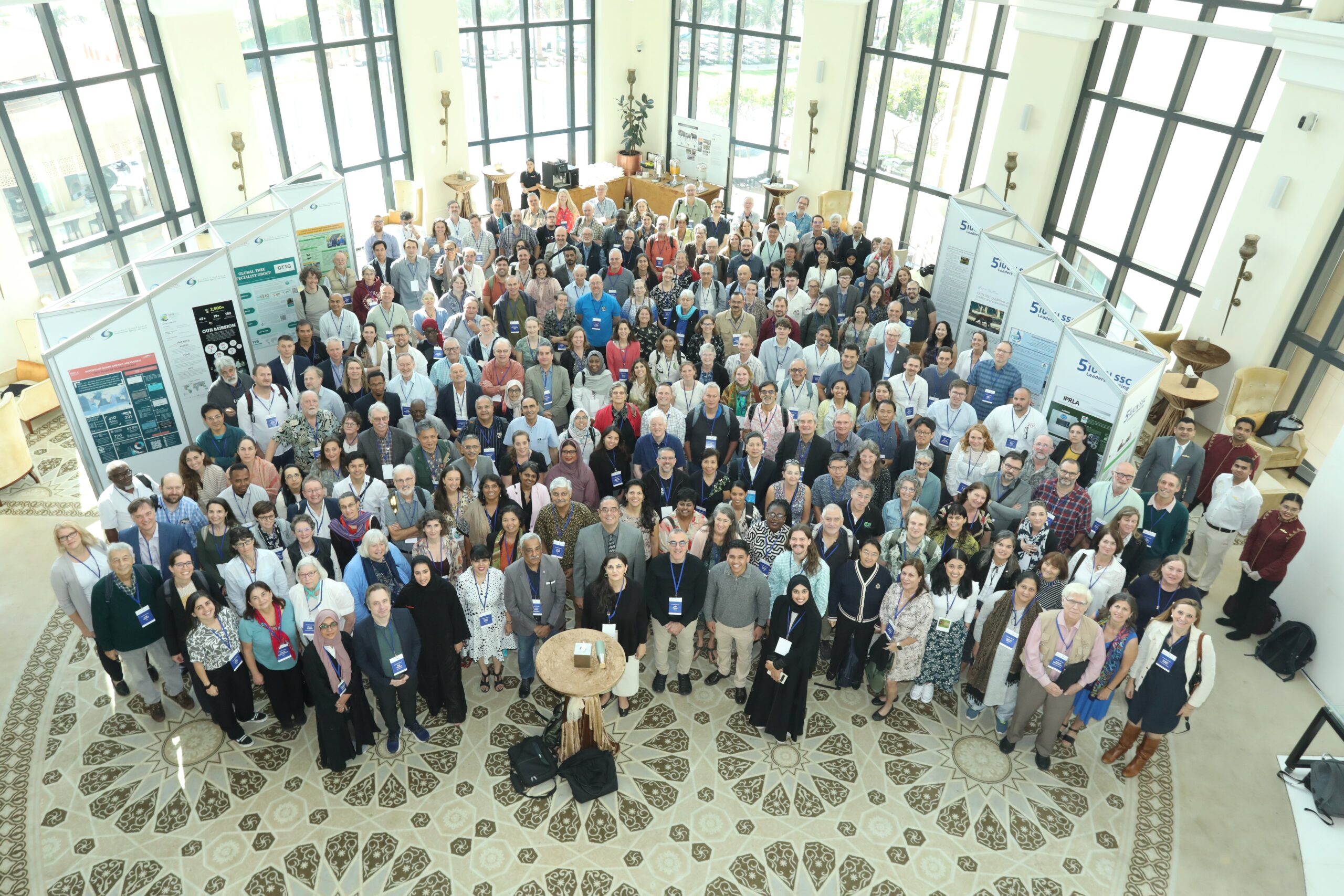
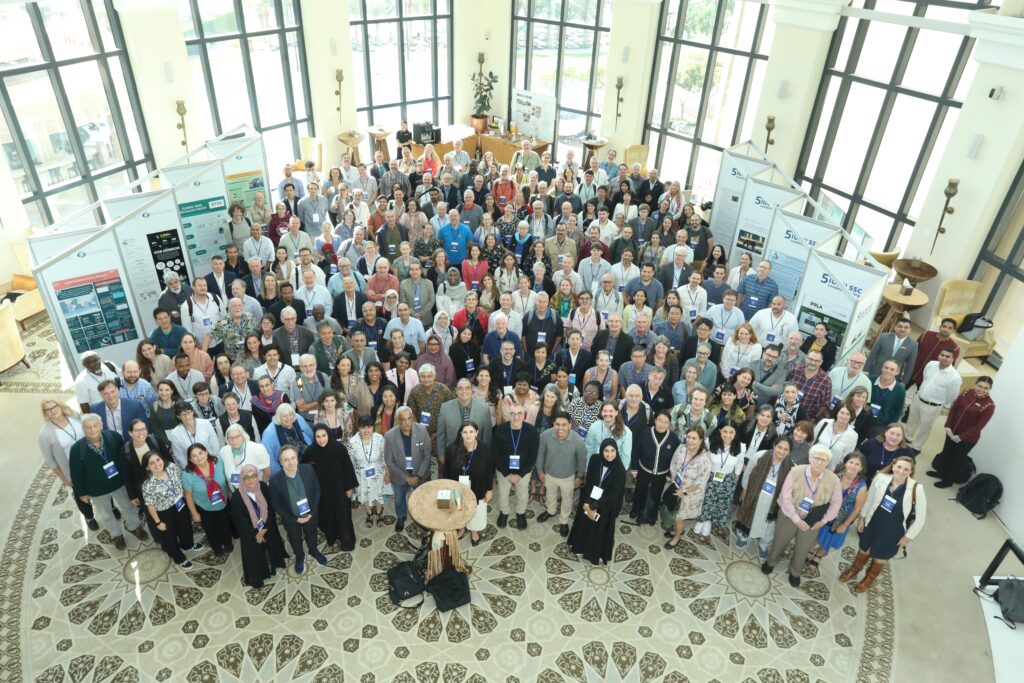
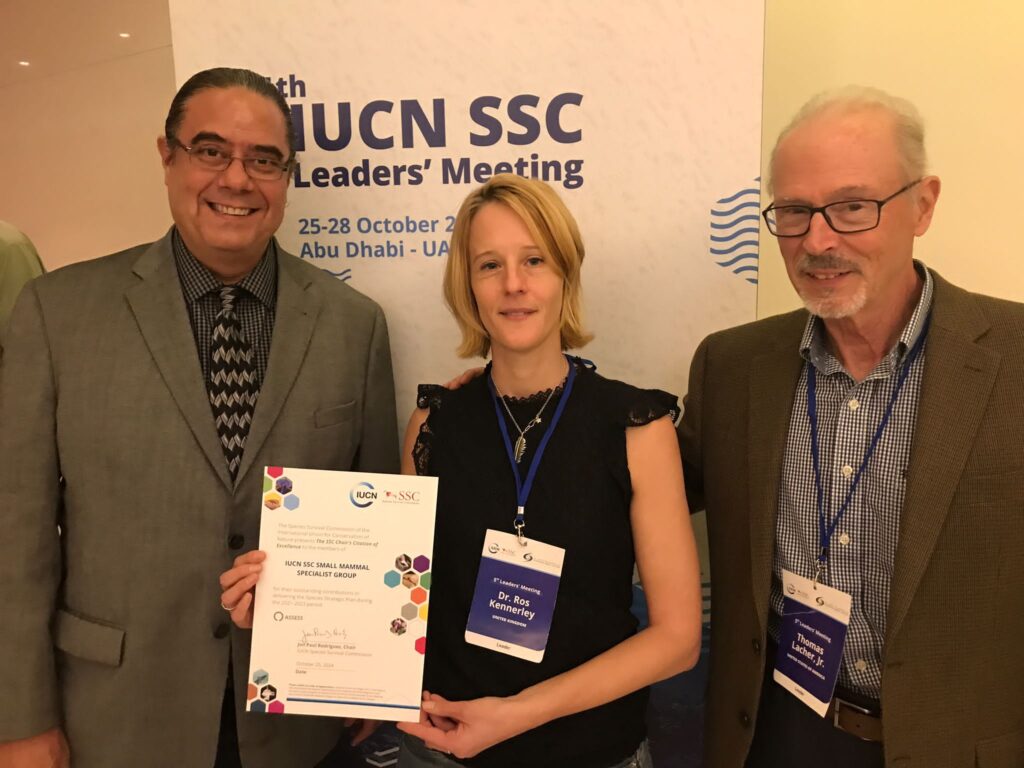
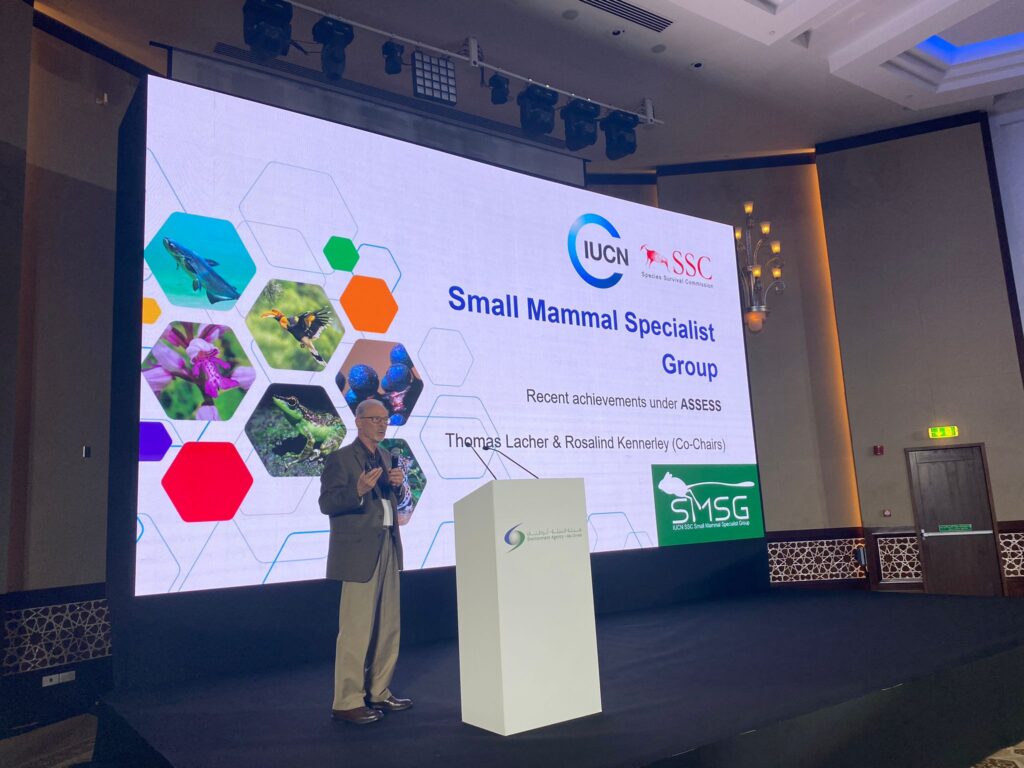
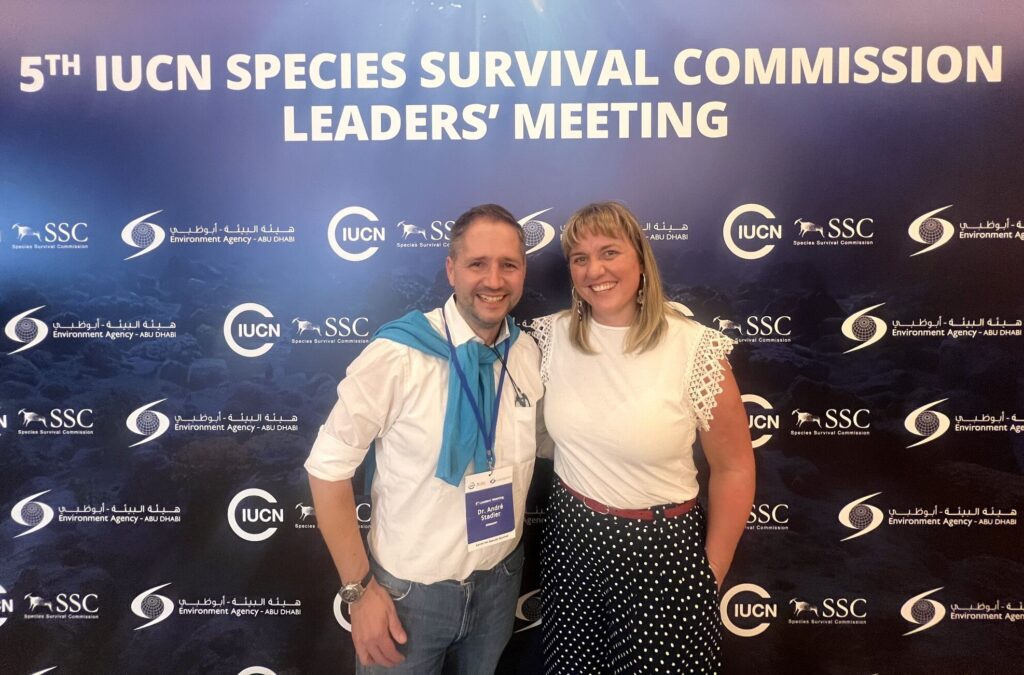
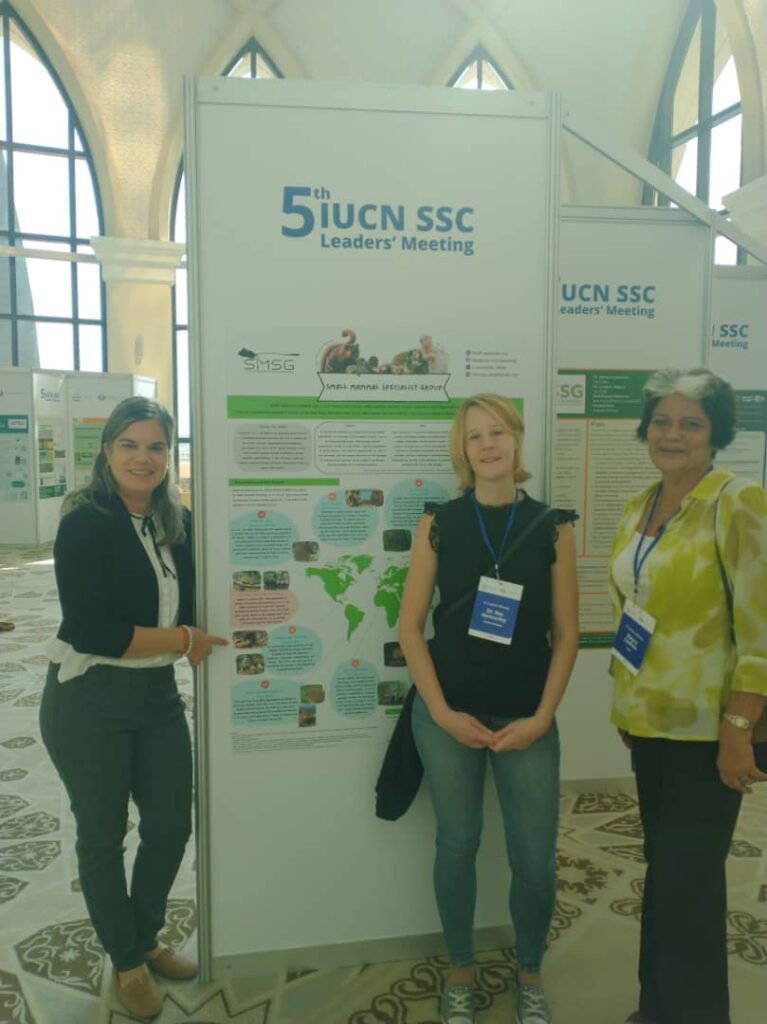

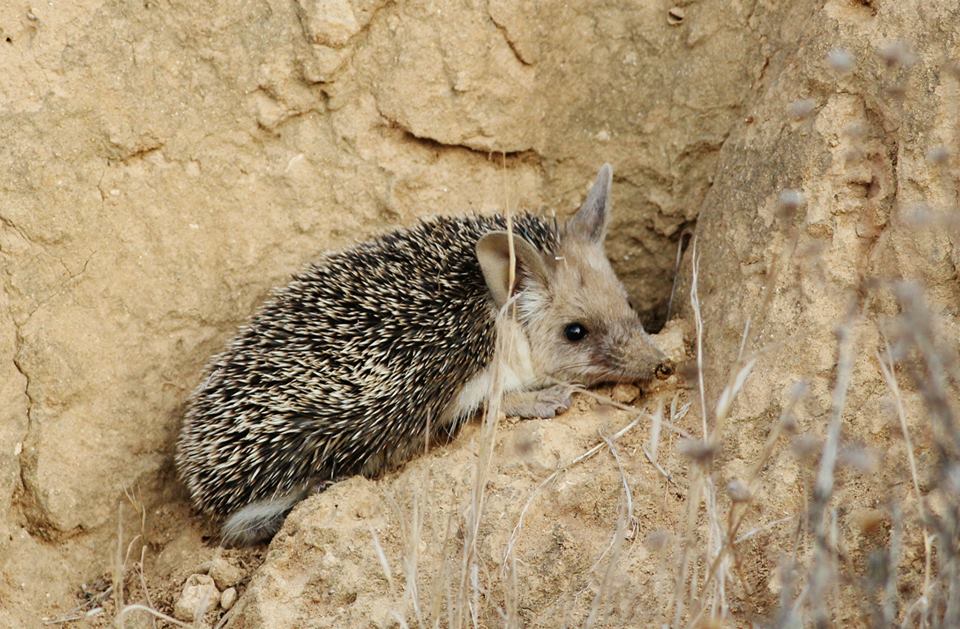

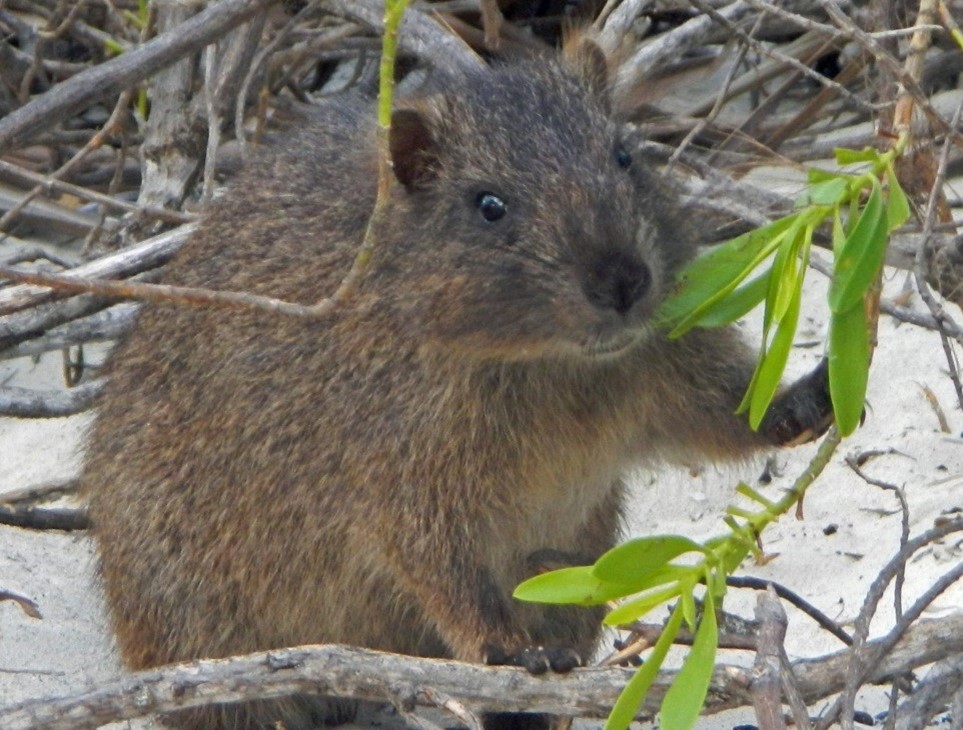


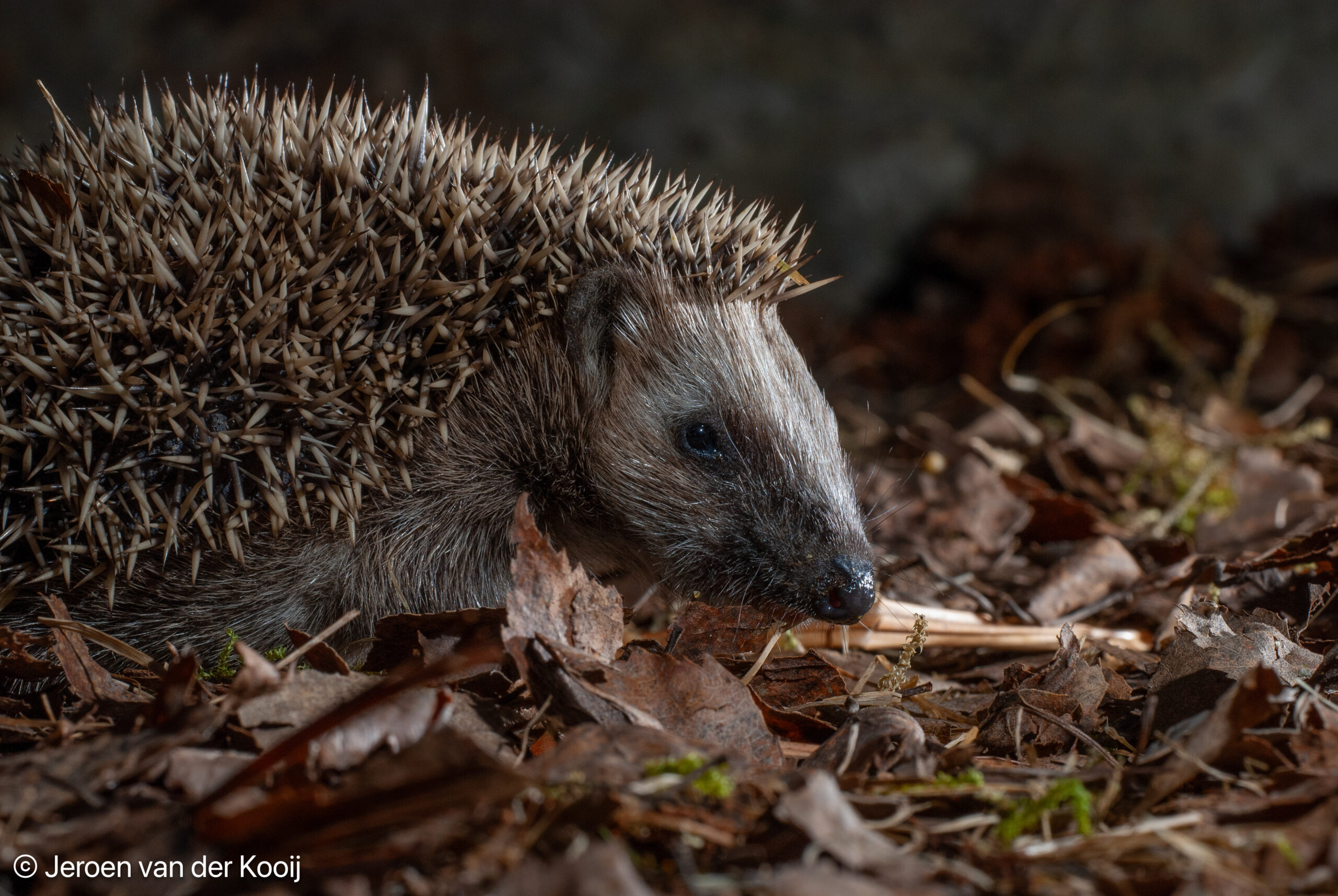



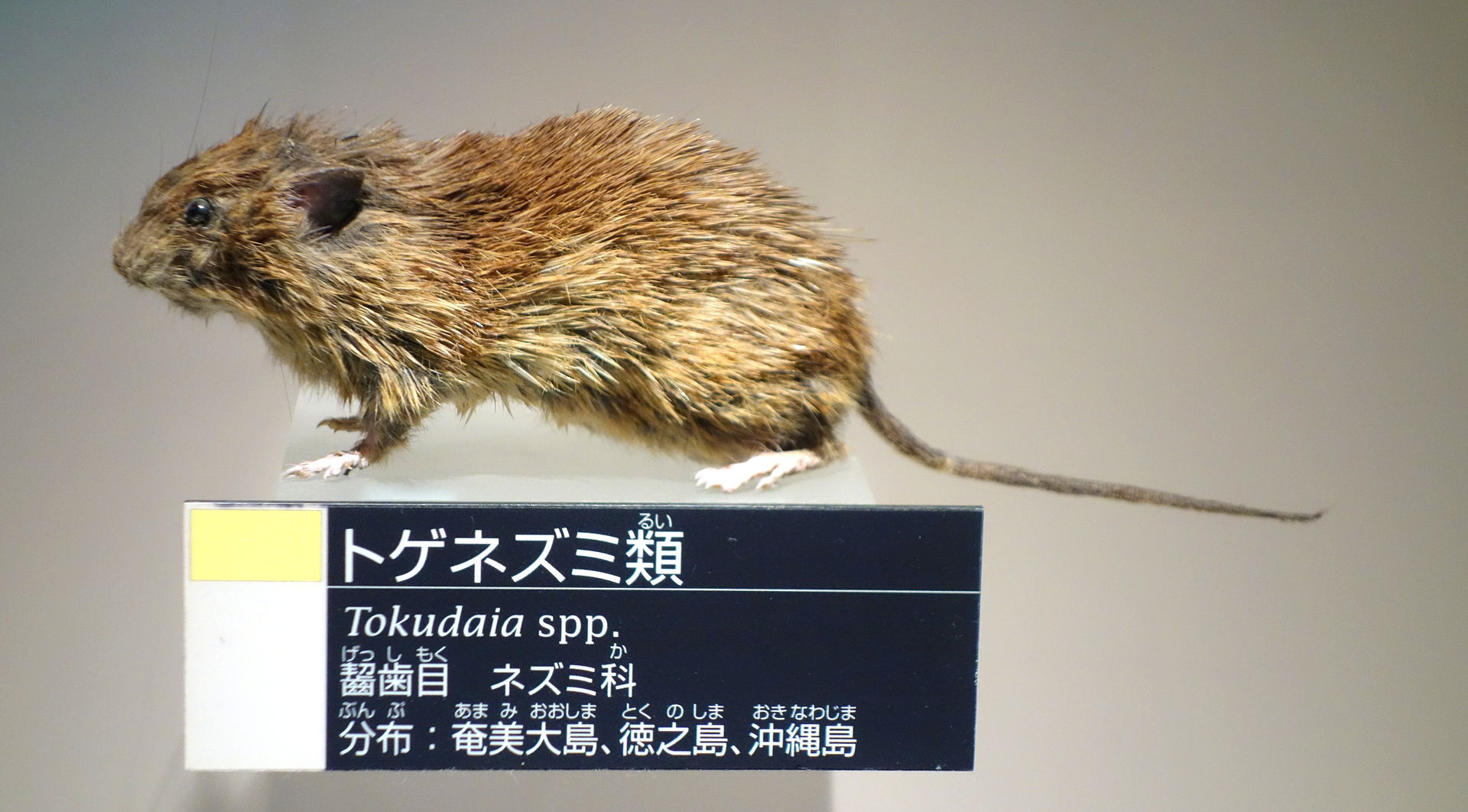
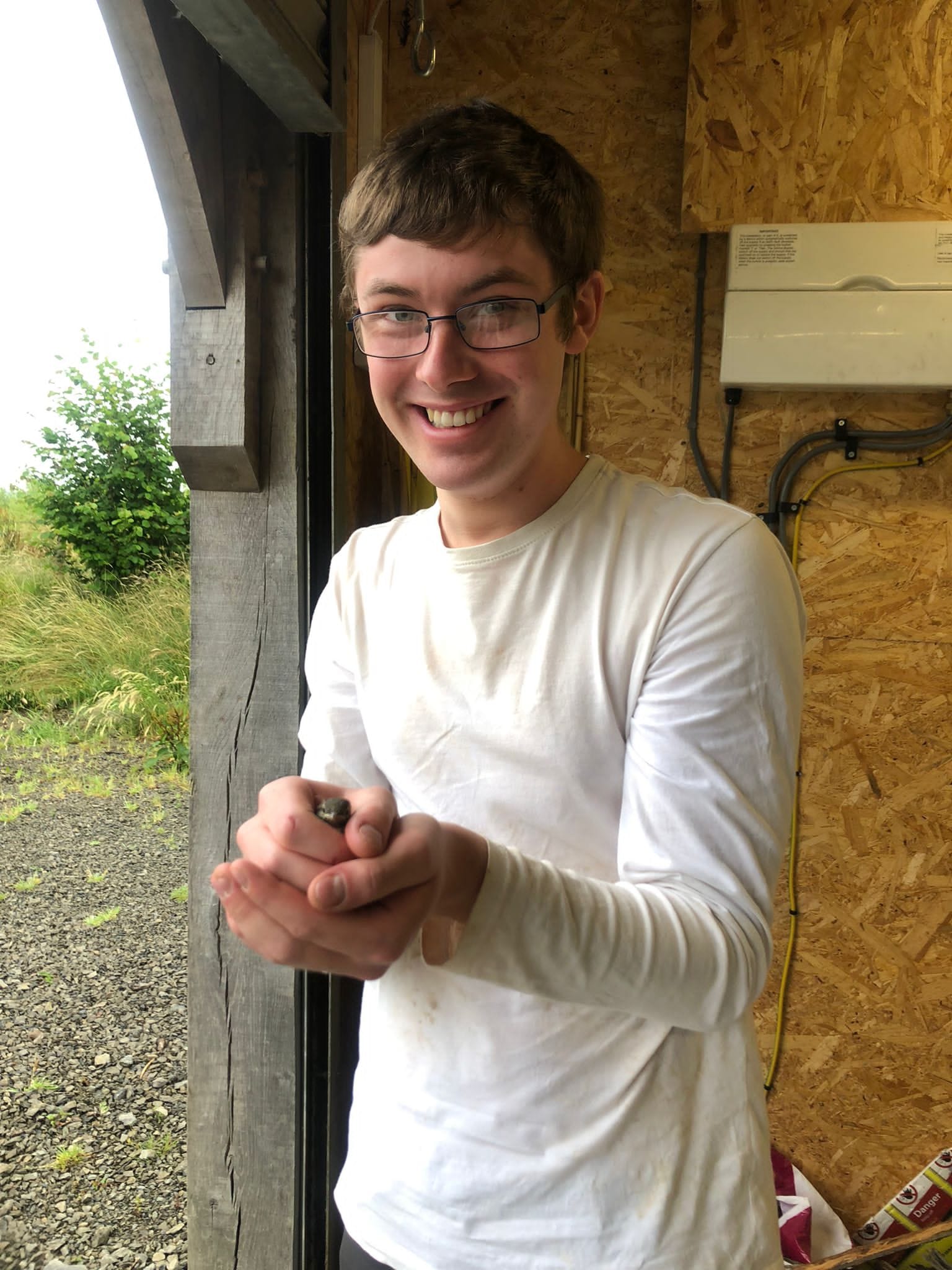
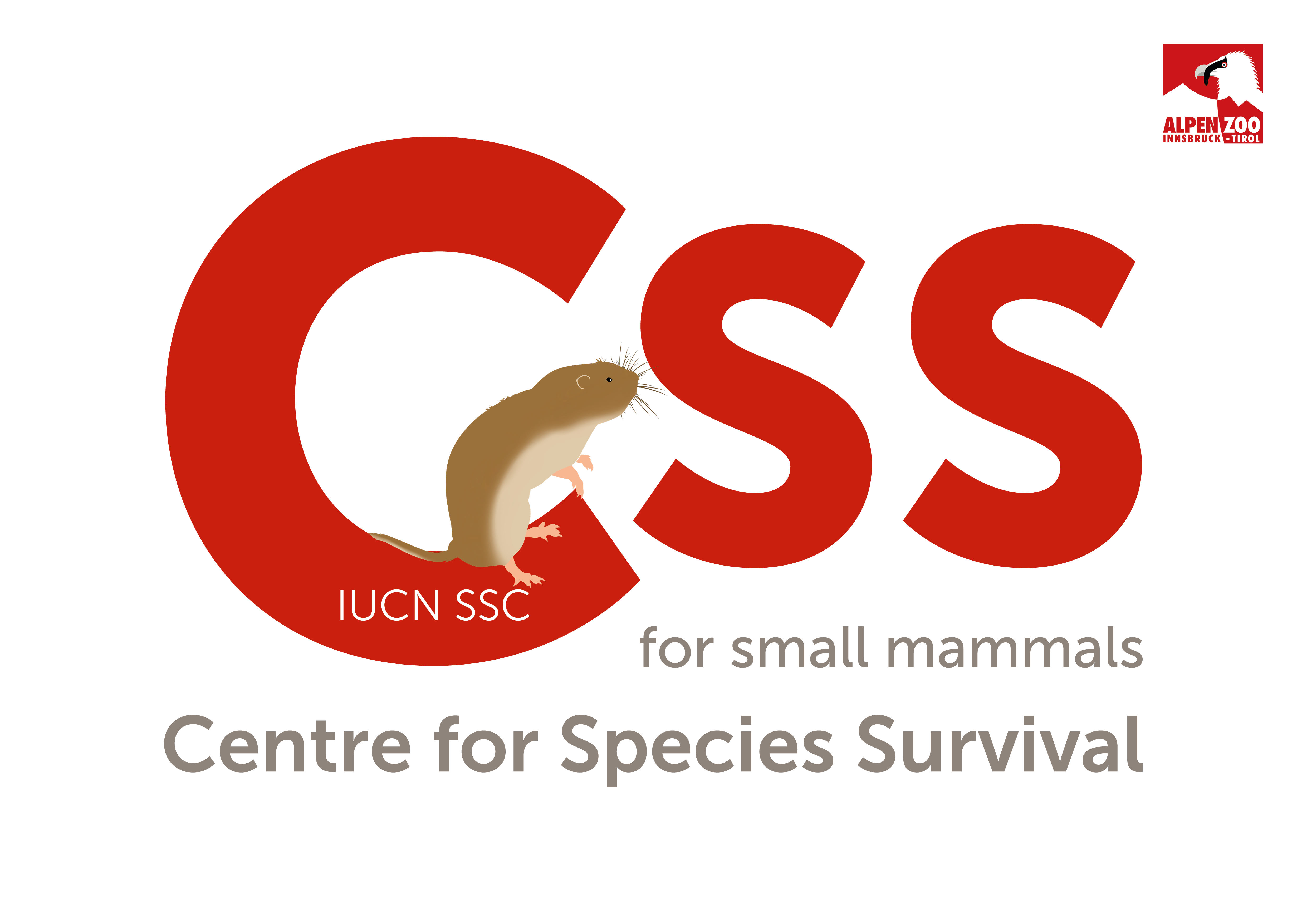
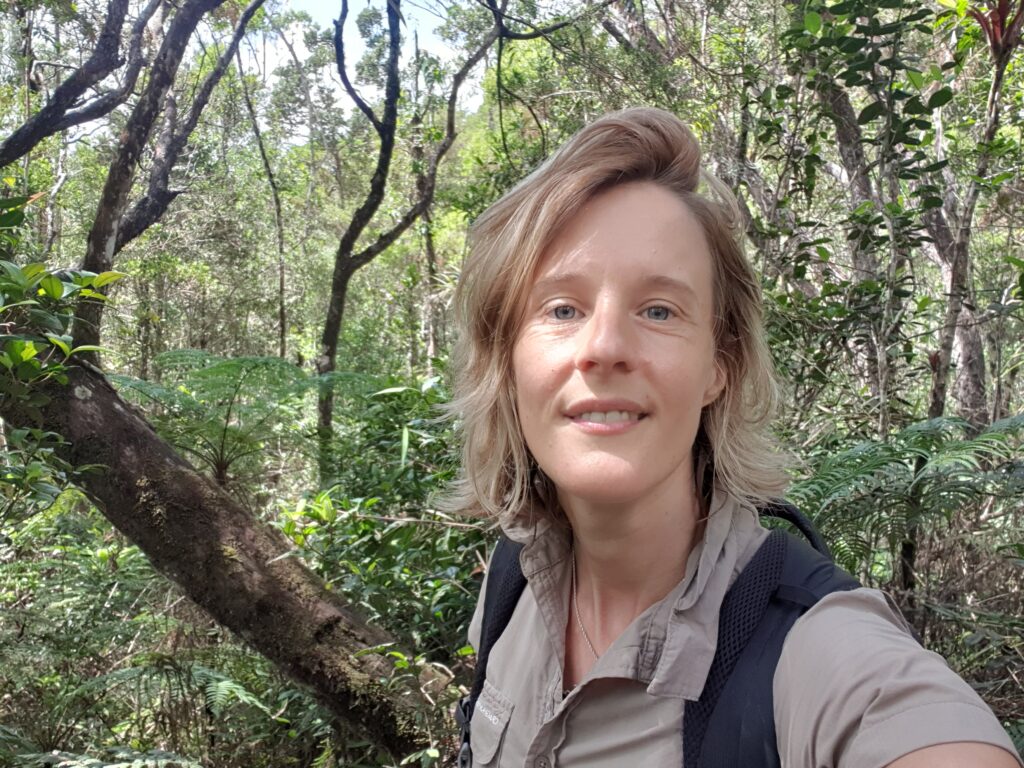
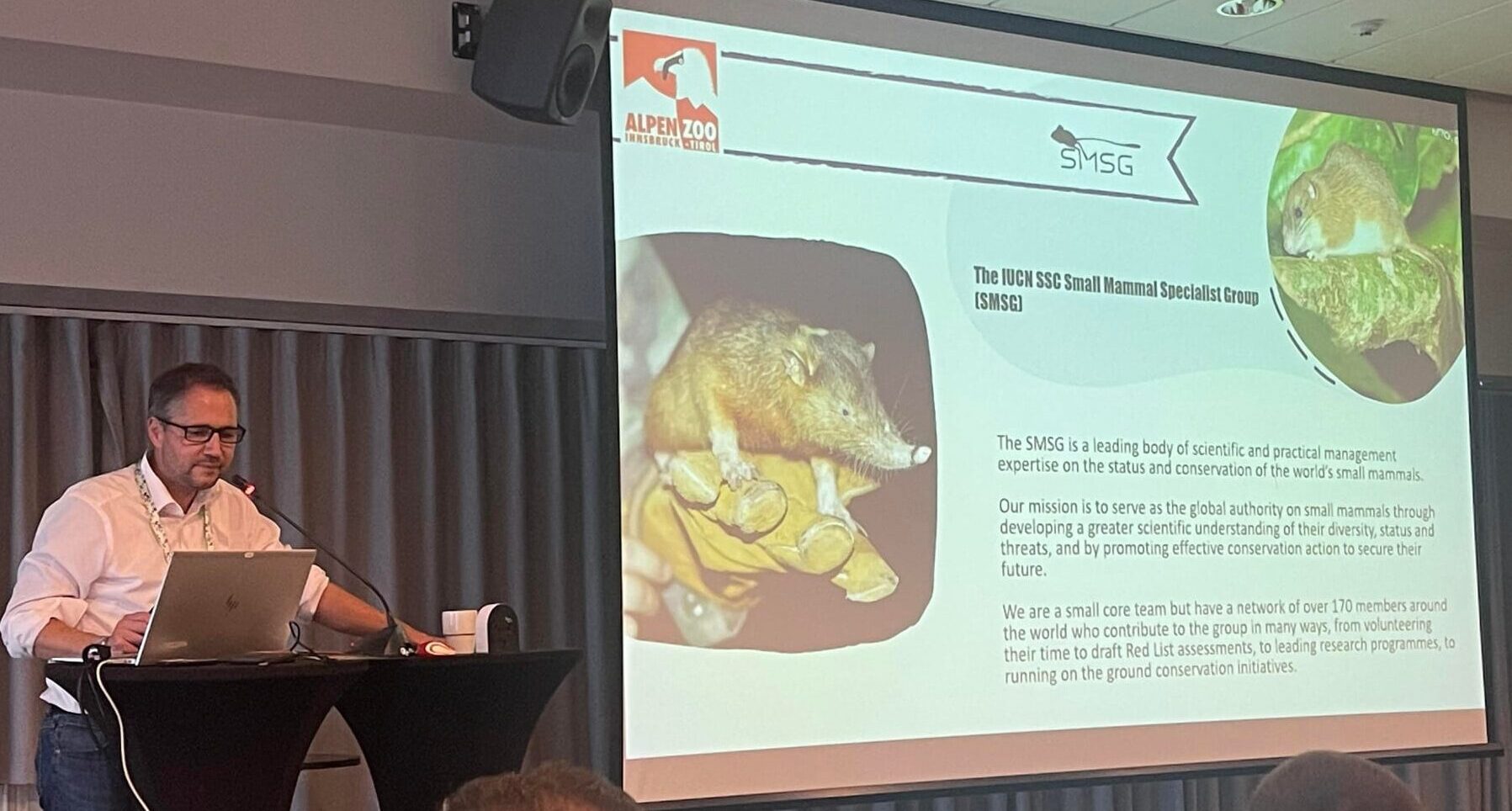
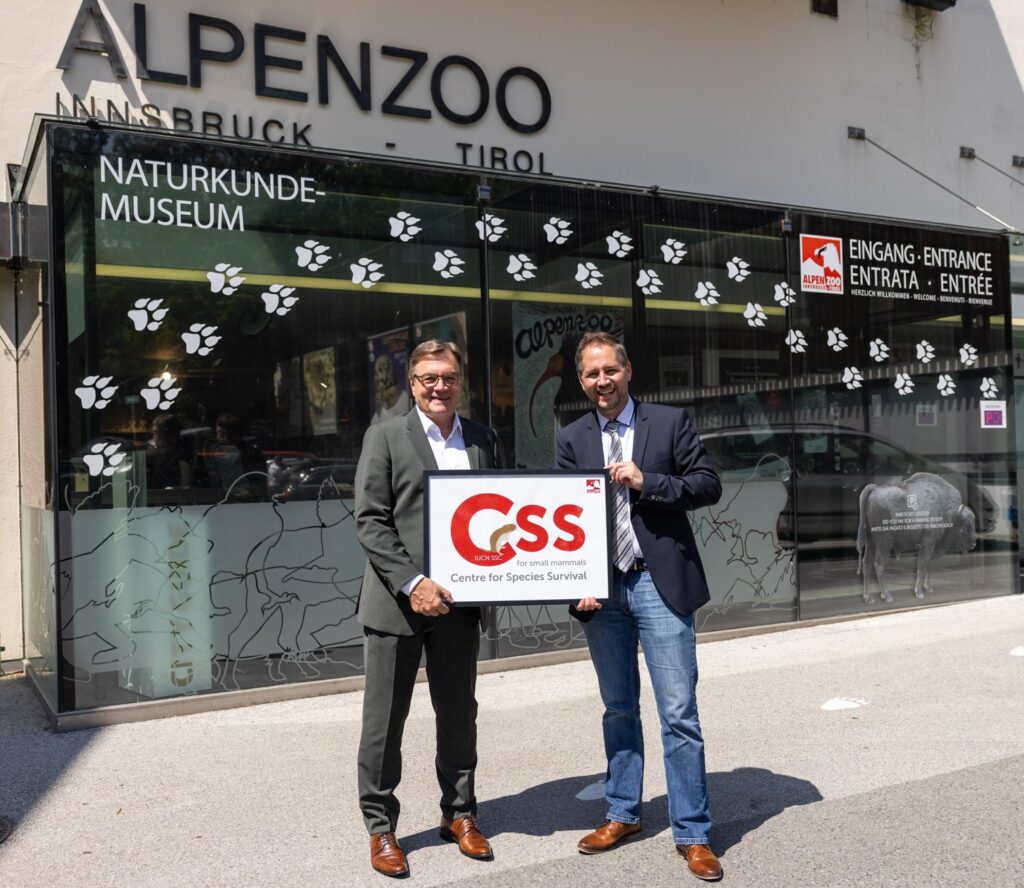

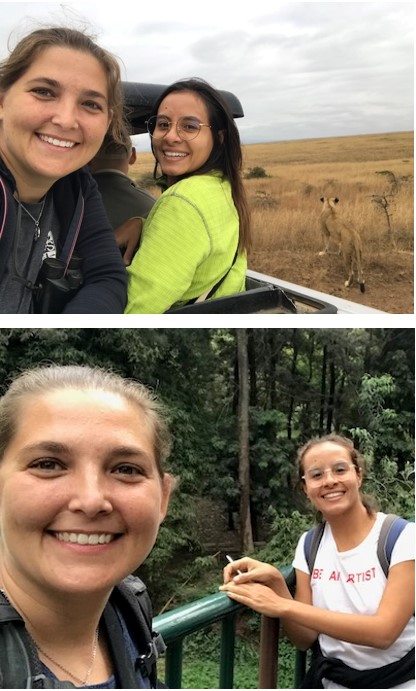
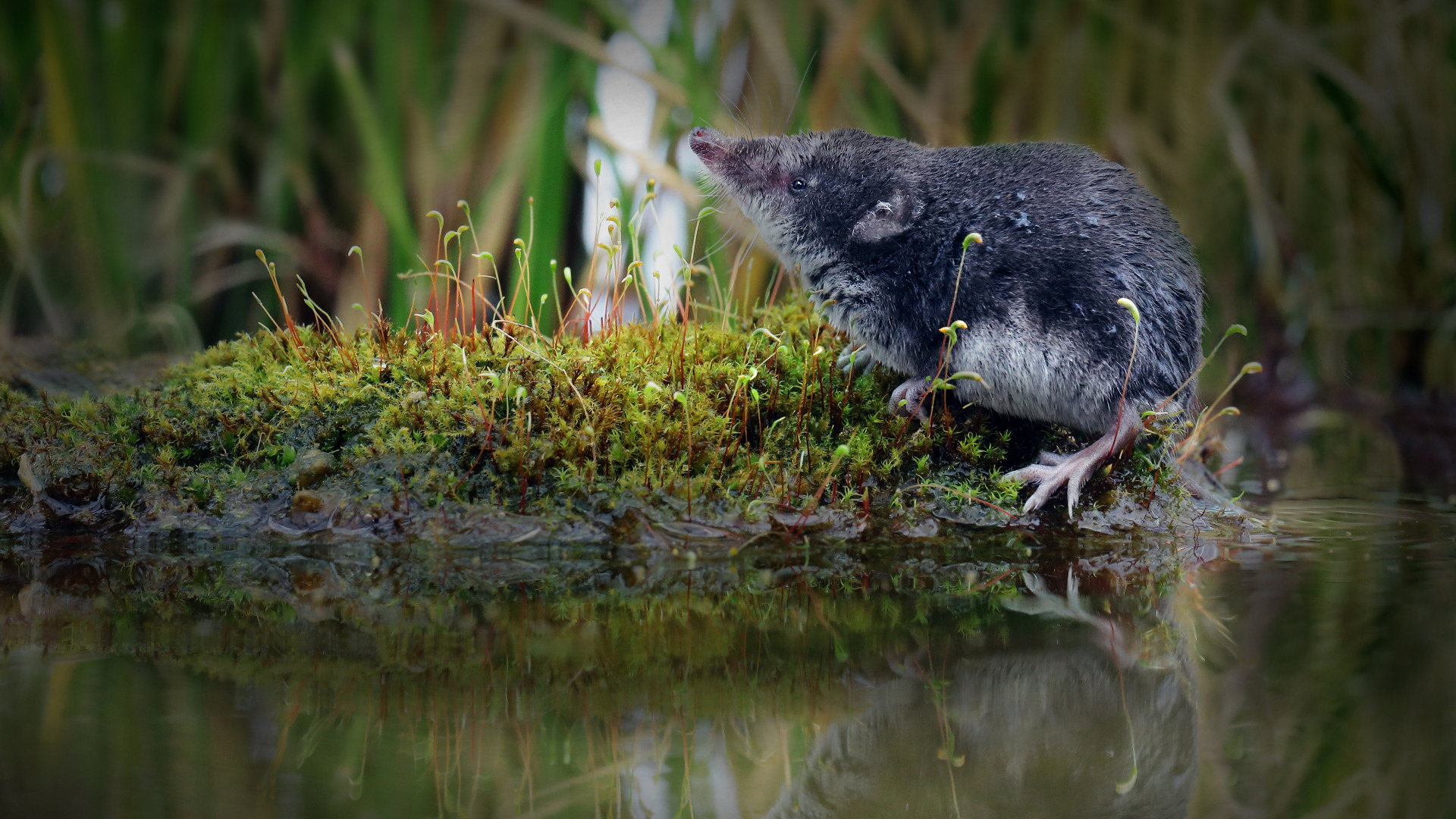






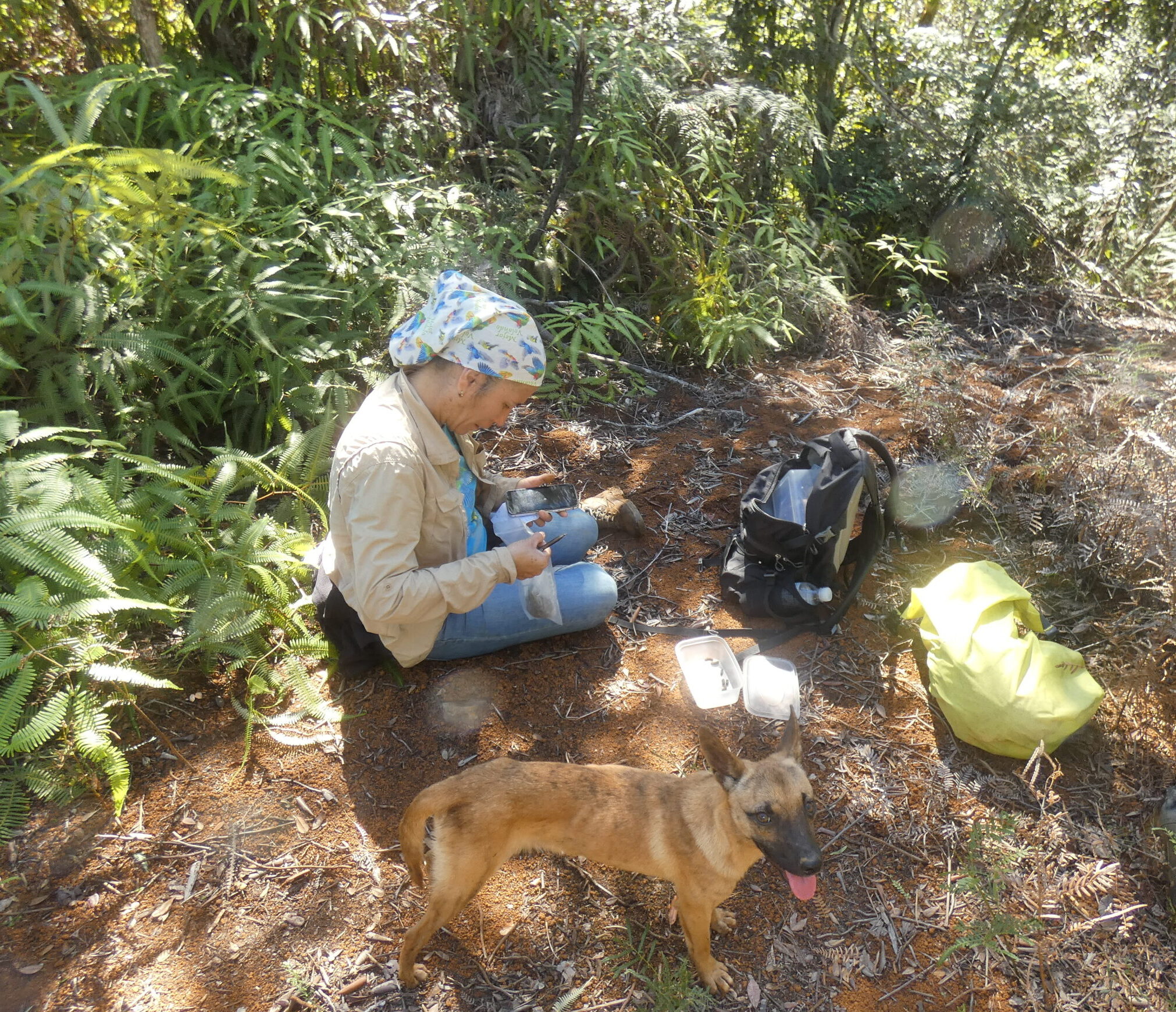
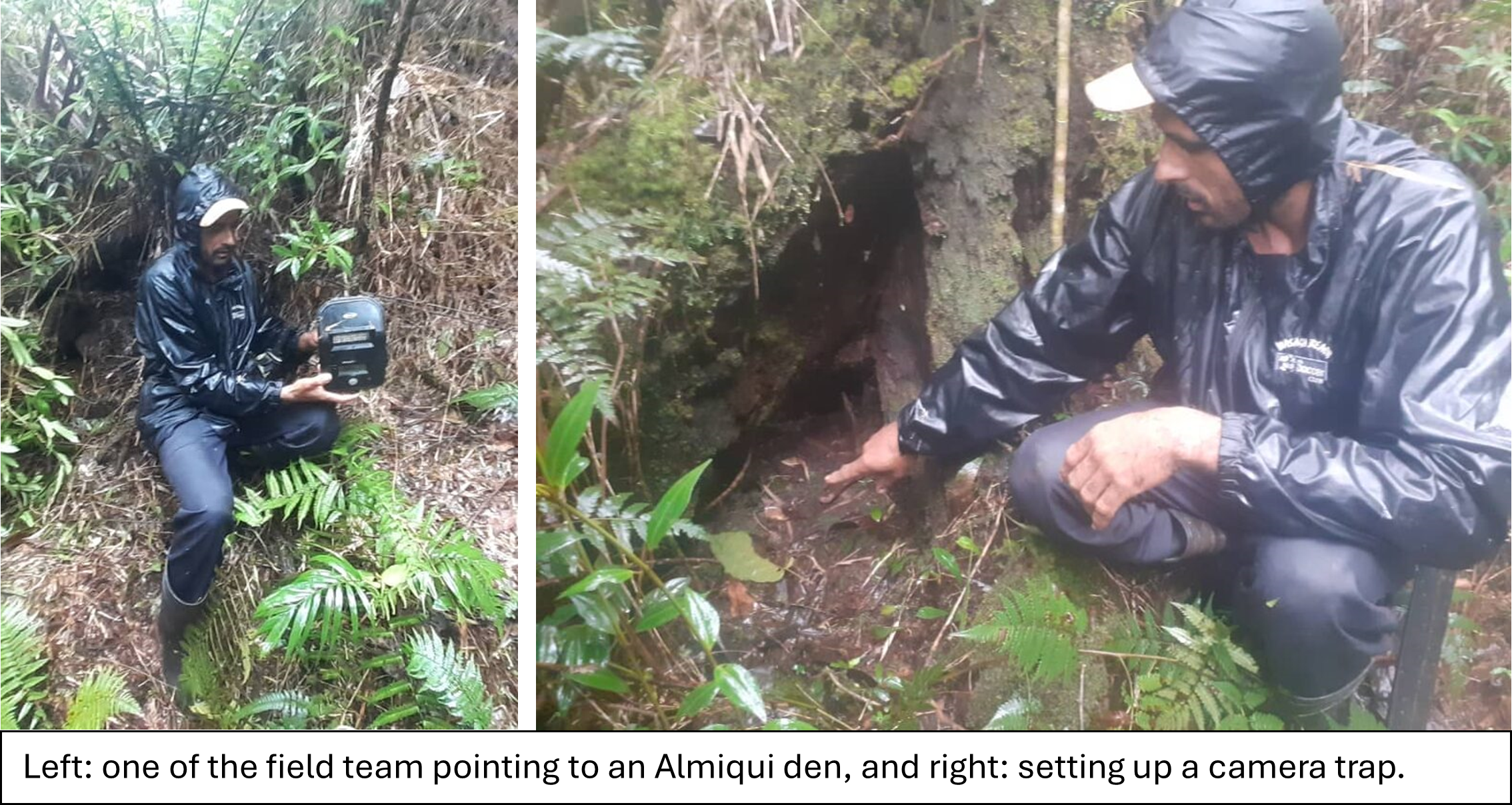
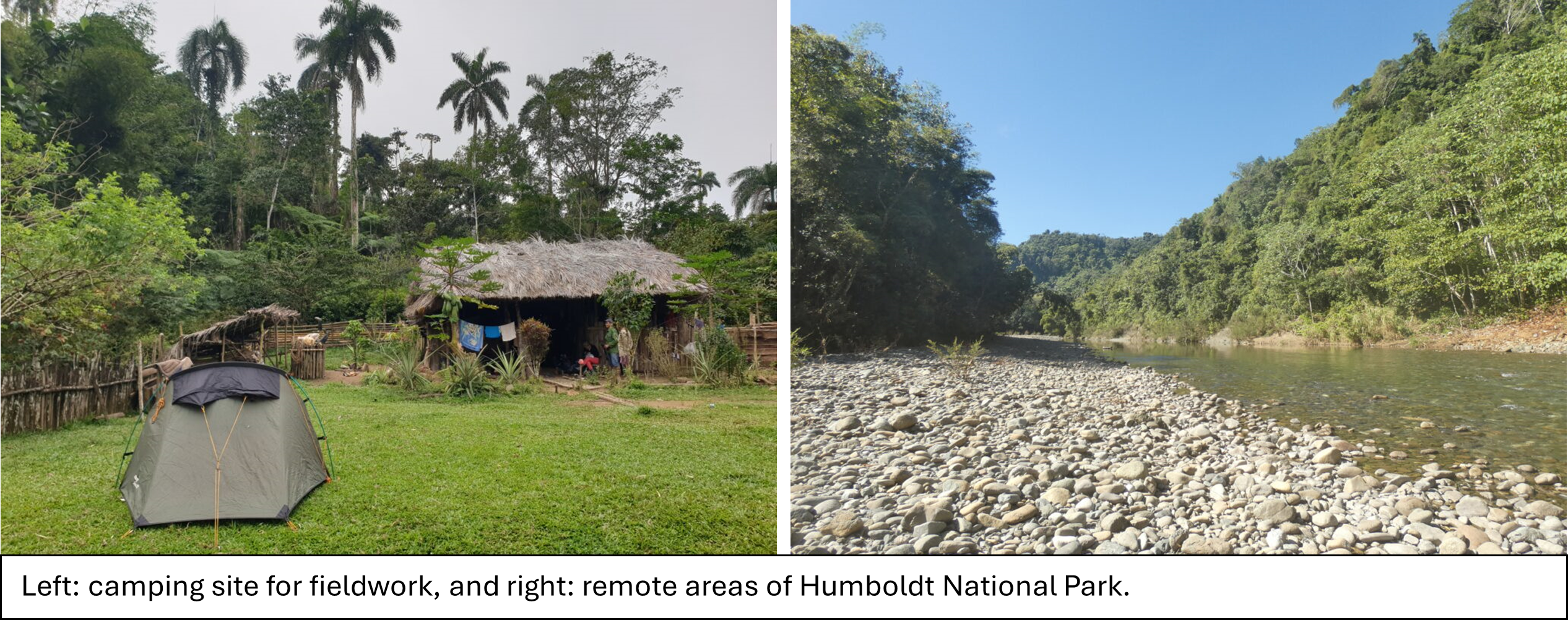
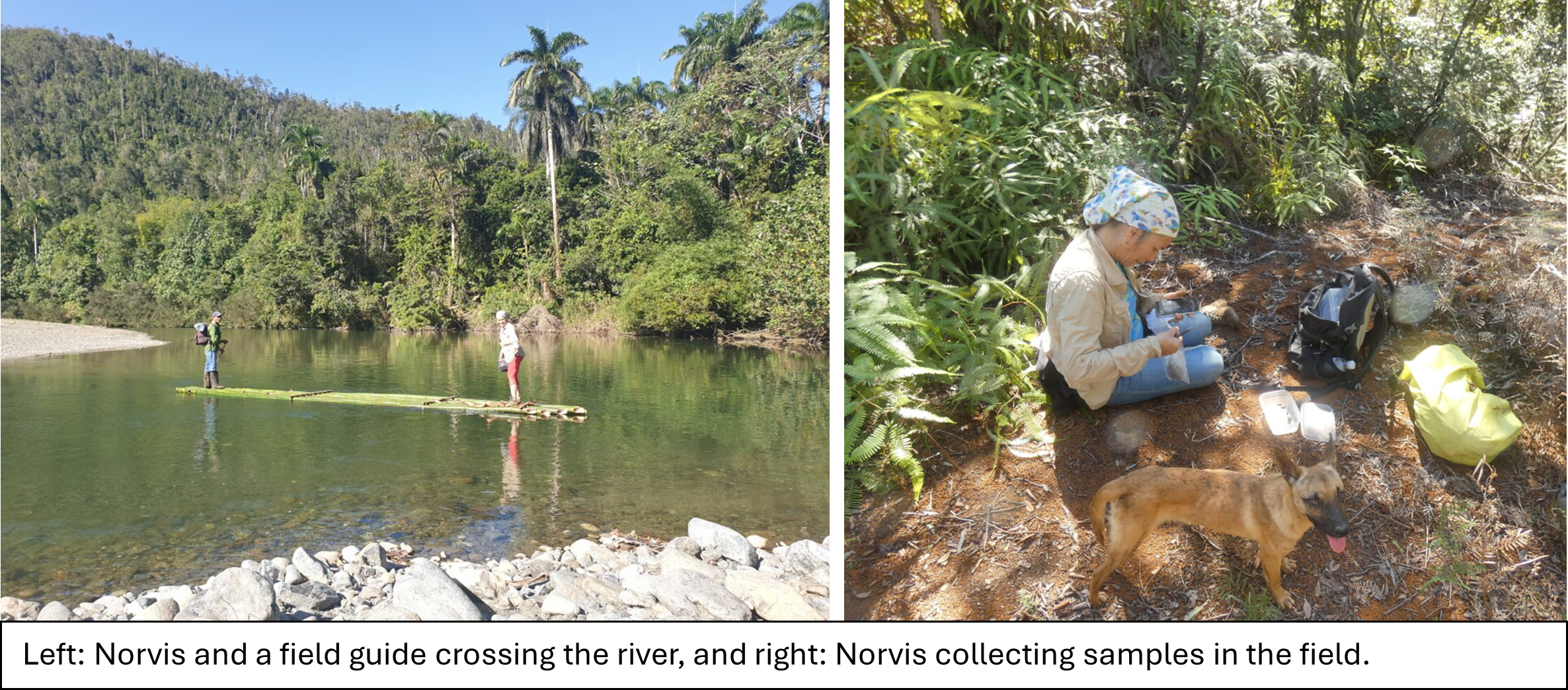
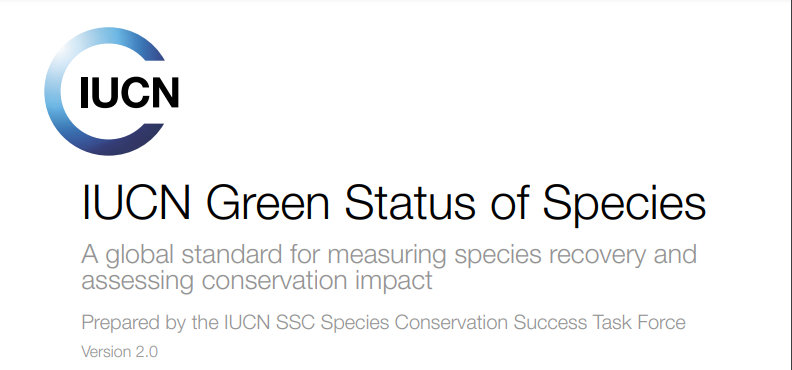
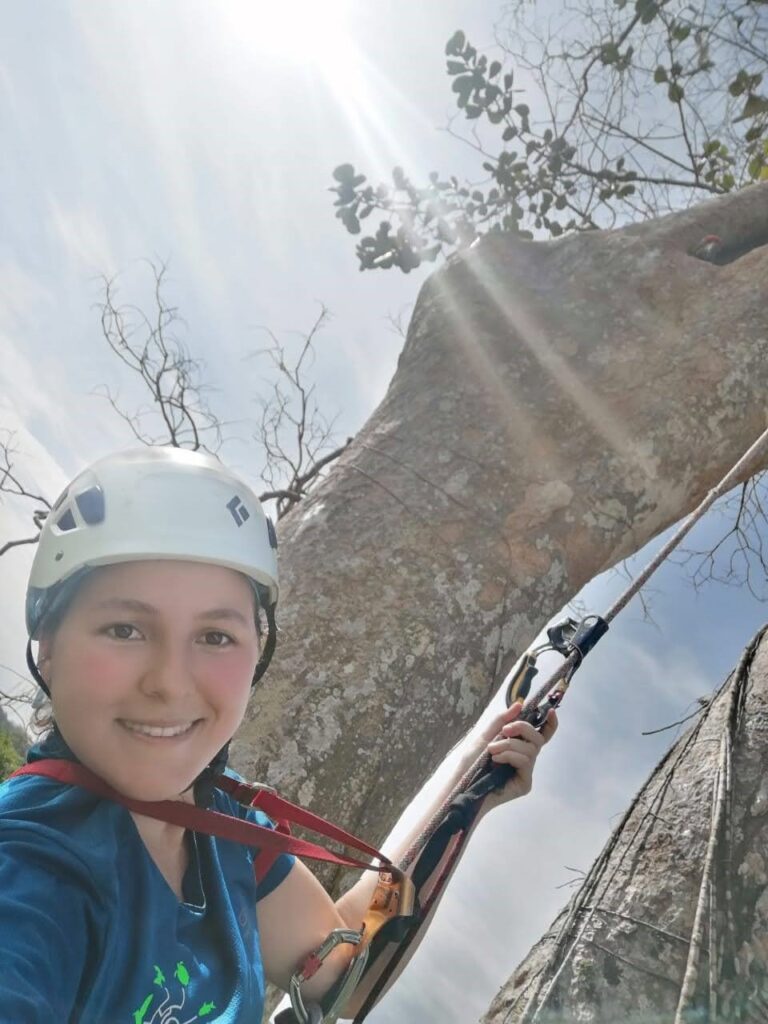 Joining this team is immensely exciting for me as it presents a chance to delve into the process of conducting assessments firsthand. It’s the perfect opportunity to apply the new framework I’ve learned about, which aims to quantify measures of species recovery and conservation success. As an early career conservation biologist, I’m particularly drawn to the Green Status’s focus on understanding how past conservation efforts have impacted species recovery and how current and future actions can contribute to their conservation with a comprehensive and ecologically functional approach. This opportunity will also give me the chance to interact with species specialists and learn about their conservation work on new species for me, which is really exciting!
Joining this team is immensely exciting for me as it presents a chance to delve into the process of conducting assessments firsthand. It’s the perfect opportunity to apply the new framework I’ve learned about, which aims to quantify measures of species recovery and conservation success. As an early career conservation biologist, I’m particularly drawn to the Green Status’s focus on understanding how past conservation efforts have impacted species recovery and how current and future actions can contribute to their conservation with a comprehensive and ecologically functional approach. This opportunity will also give me the chance to interact with species specialists and learn about their conservation work on new species for me, which is really exciting!




Recent Comments